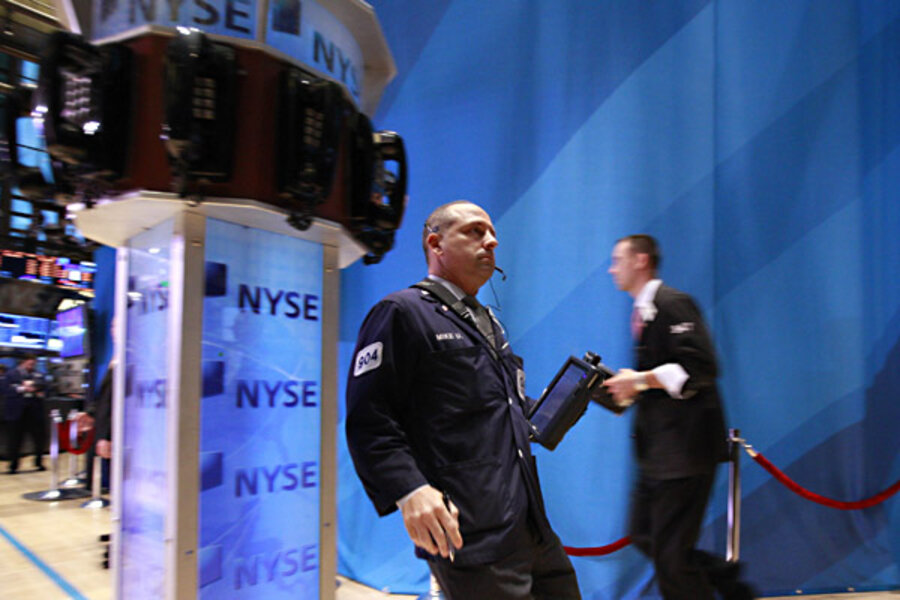Dow Jones hits highest mark since 2007
Loading...
| New York
The fastest growth in U.S. manufacturing in 10 months gave stocks a lift Tuesday and pushed the Dow Jones industrial average to its highest close in more than four years.
Manufacturing expanded last month at the strongest pace since June, according to the Institute for Supply Management. Orders, hiring and production all rose.
A measure of manufacturing employment also reached a nine-month high, a hopeful sign ahead of Friday's monthly jobs report.
The manufacturing news jolted stock indexes out of a morning stupor, although the gains waned throughout the afternoon. The Dow added 65.69 points to 13,279.32, its highest closing mark since Dec. 28, 2007, during the first month of the Great Recession.
"It definitely changed the direction of markets," said Jack Ablin, chief investment officer at Harris Private Bank.
Treasury prices fell, and benchmark crude oil rose $1.29 to settle at $106.16 per barrel. Both of those things tend to happen when investors expect stronger economic growth.
Ablin saw an irony in the reaction to the ISM report. Europe's debt crisis has knocked markets around for months, jerking stocks down on worries its troubles could cross the Atlantic. But Europe's woes have made U.S. manufacturers look more attractive to companies, Ablin said.
"It's gotten to a point over last 10 years where it's better to manufacture here than in pretty much any other developed country in the world," he said.
In a separate report Tuesday, the Commerce Department said construction spending ticked up in March, following two months of declines.
Sam Stovall, chief equity strategist at S&P Capital IQ, said the two reports looked like evidence that the U.S. economic recovery is solid despite turmoil in Europe and weaker job creation in March.
"I think investors are encouraged there's at least one place in the world where it's still worth investing," Stovall said. "They're not ready to give up on this bull market yet."
Other indexes pushed higher. The Standard & Poor's 500 index rose eight points to 1,406. The Nasdaq composite climbed four points to 3,050.
All 10 industry groups within the S&P 500 climbed, led by energy companies. Chesapeake Energy Corp. jumped 6 percent on reports that the company will strip CEO Aubrey McClendon of his chairman's title.
McClendon, Chesapeake's founder, was under fire for taking out more than $1 billion in loans using the company's wells as collateral. Chesapeake recently agreed to end the program that allowed McClendon to take personal stakes in the wells.
The S&P finished April in the red, its first losing month since November. The Dow managed a tiny gain.
Judging by its track record, May isn't a promising month for stocks. Since World War II, the S&P 500 has gained an average of 0.31 percent in May. For all months, the average gain is 0.67 percent.
"It's a very undistinguished month," Stovall said.
Among stocks making big moves:
— Sears Holdings Corp. soared 15 percent, the biggest gain in the S&P 500. The operator of Kmart and Sears stores expects to post a first-quarter profit thanks to a gain from the sale of some U.S. and Canadian stores. The company's stock has jumped 99 percent so far this year.
— Archer Daniels Midland Co. gained 7 percent after the food conglomerate reported profits that beat analysts' expectations. Profits dropped by nearly a third over the past year, pulled down by one-time charges and lower weaker results from its ethanol and oilseeds businesses.
— Avon Products Inc. fell 8 percent, the largest drop in the S&P. The company said earnings plunged 82 percent, hurt by a bigger restructuring charge, commodity costs and rising labor costs. The results were worse than analysts had expected.







